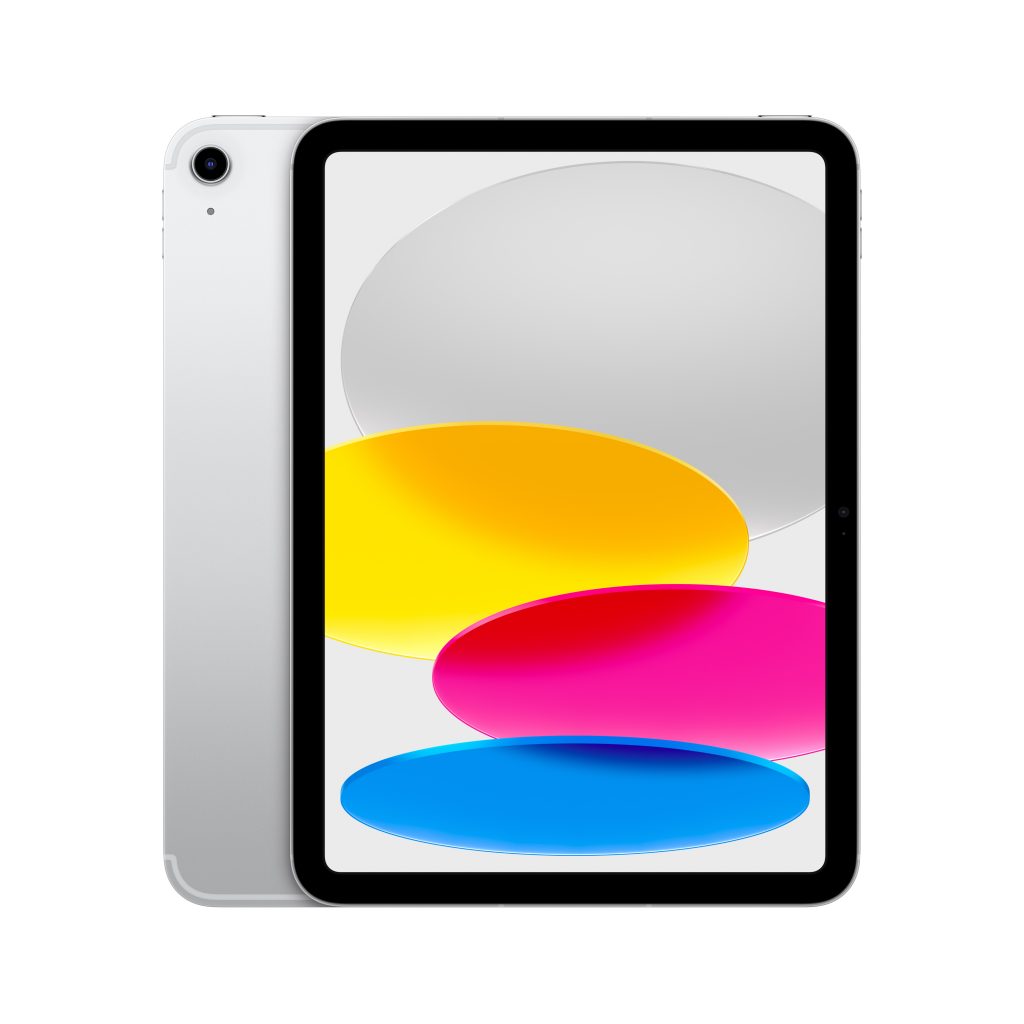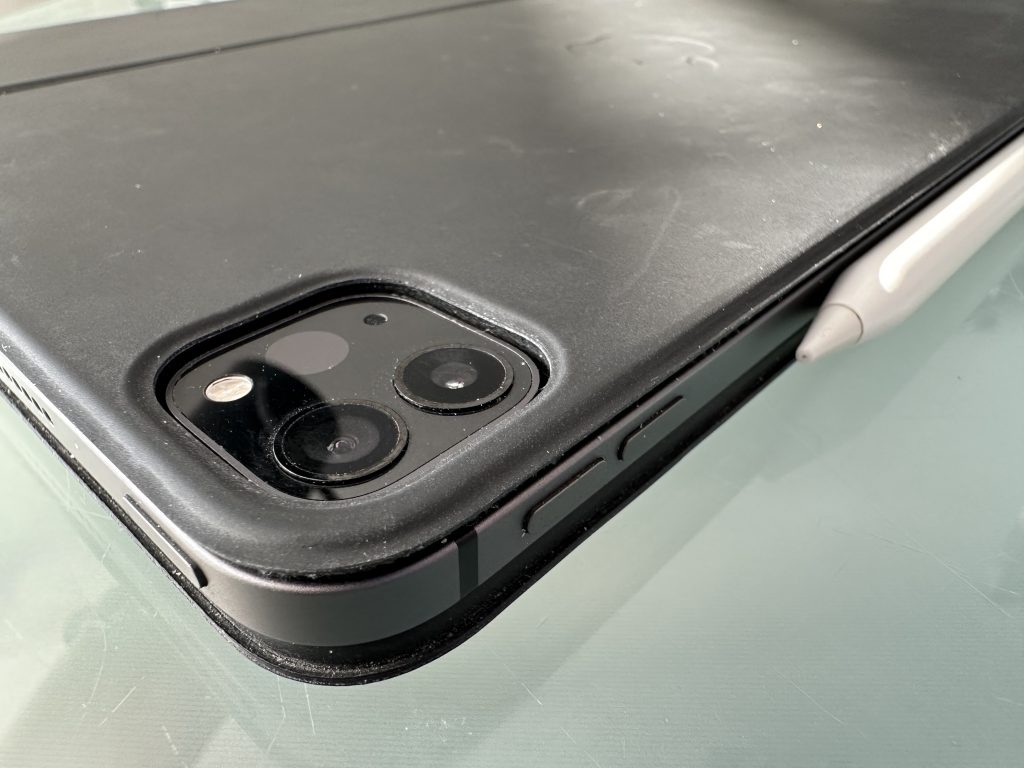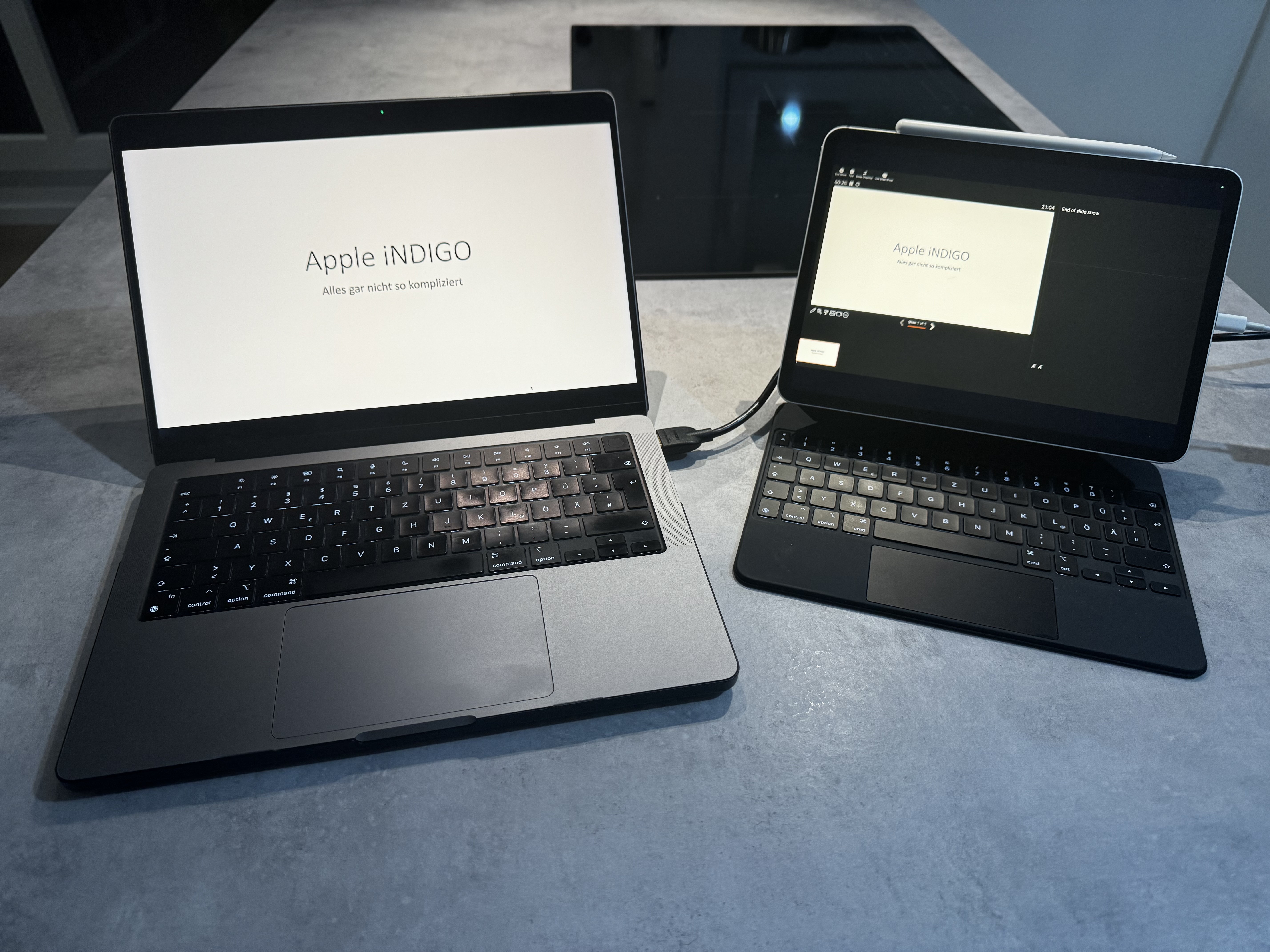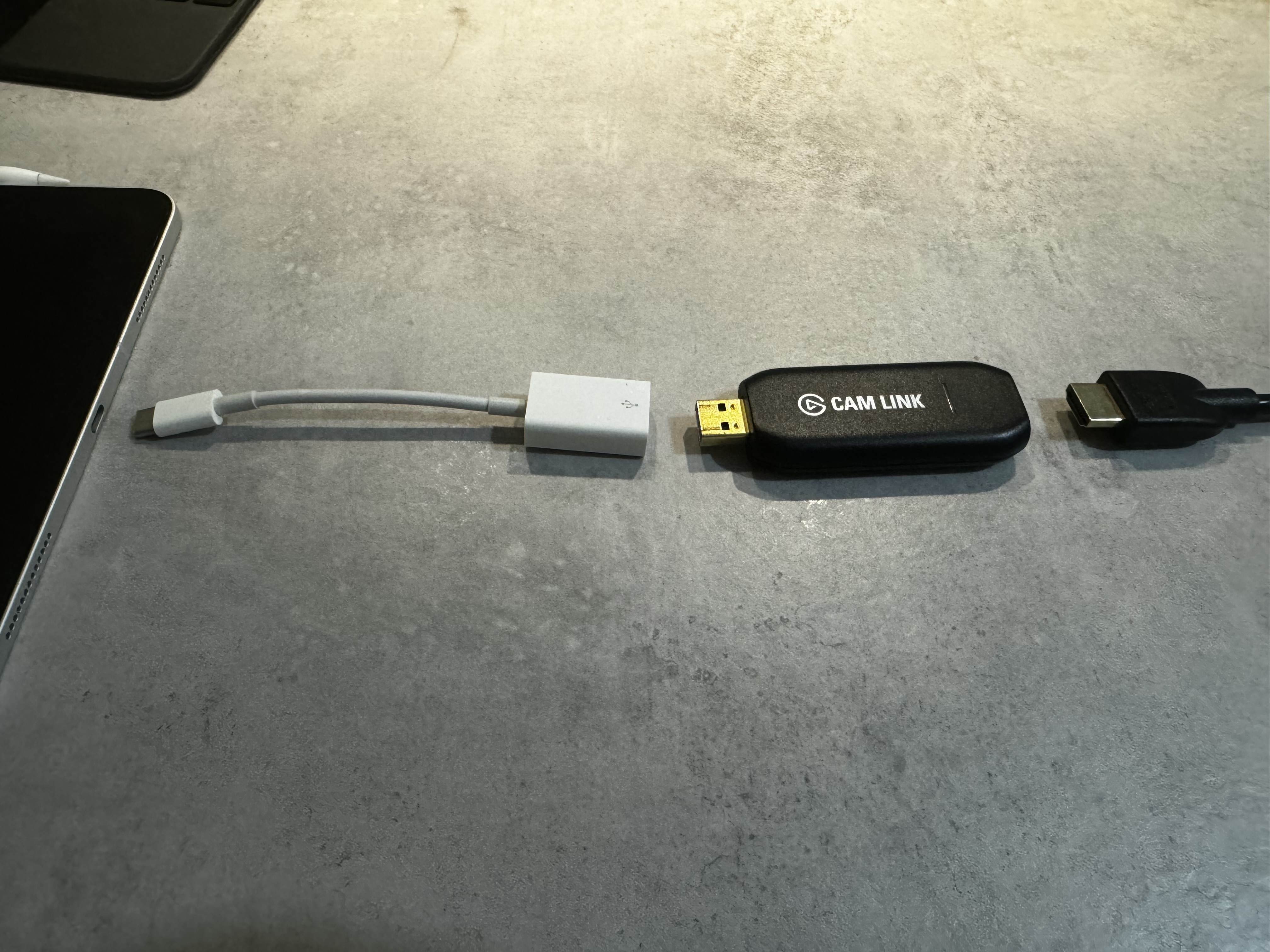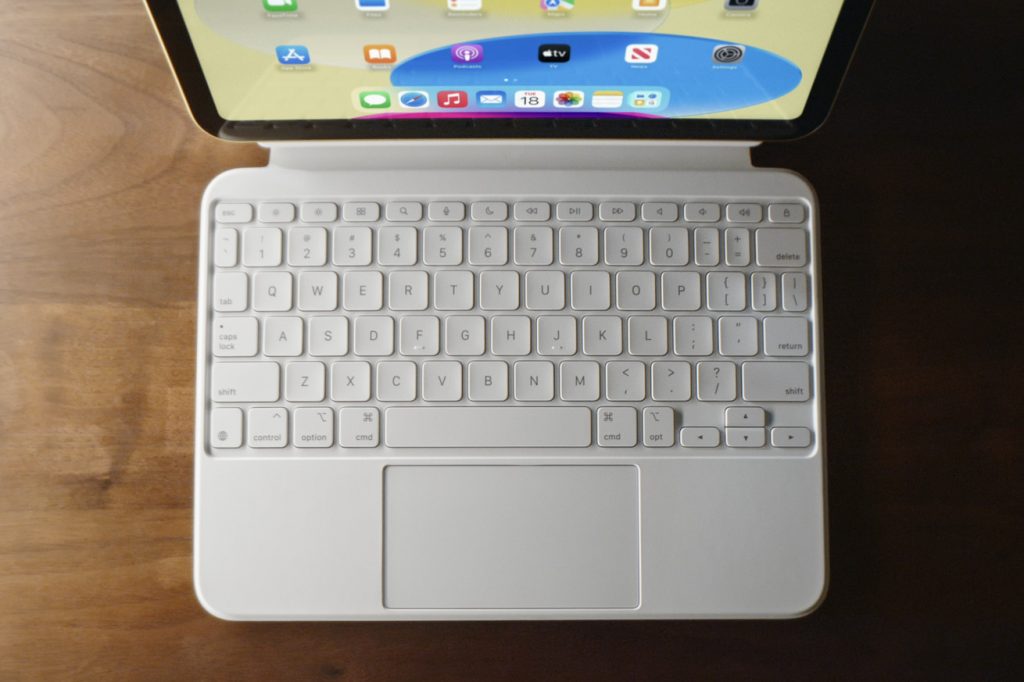Die App „Dateien“ auf dem iPad und iPhone hat ein praktisches Feature, das gerne übersehen wird: Man kann USB-Sticks anschließen und auf die dort liegenden Dateien direkt zugreifen. Ganz praktisch ist das auf iPhones und iPads mit USB-C-Port. Dort benötigt man keine weiteren Adapter. Es reicht ein Stick mit USB C-Stecker. Bei Geräten mit Lightning-Port benötigt man Apples Lightning auf USB 3 Kamera-Adapter. Je nach USB-Stick muss man bei dem Kamera-Adapter ein Netzteil einstecken. Das iPhone bzw. iPhone weisen darauf hin, falls das notwendig ist. Laut Apple werden folgende Dateisysteme auf den USB-Sticks unterstützt: “APFS, APFS (verschlüsselt), macOS Extendet (HFS+) exFAT (FAT64) oder FAT”. So lassen sich einfach auch größere Dateien von und zum iPhone oder iPad übertragen. Dies funktioniert auch mit externen SSDs bzw. Festplatten und SD-Karten. Verfügbar ist diese Funktion für Geräte ab iOS 13 und iPadOS 13.






